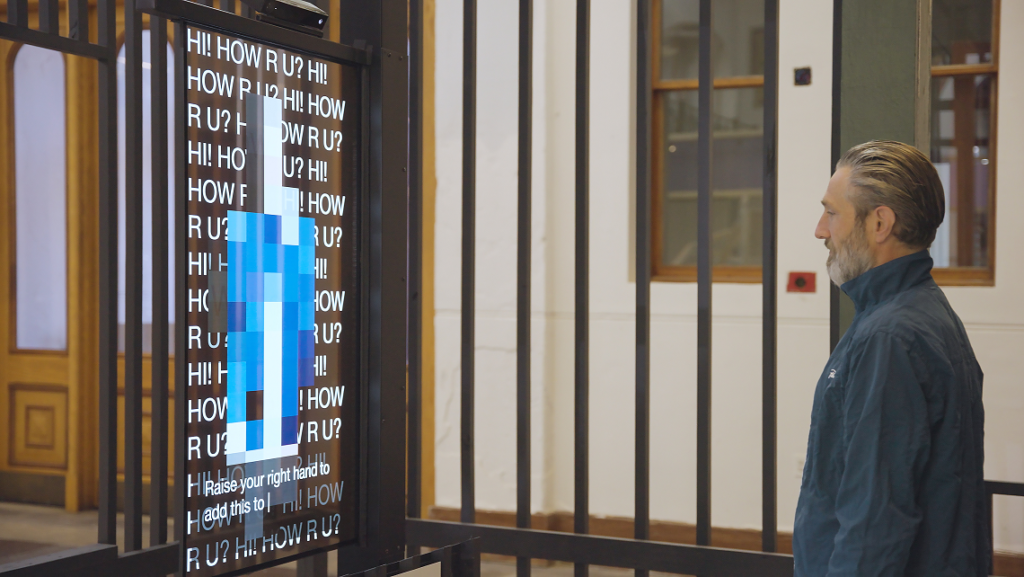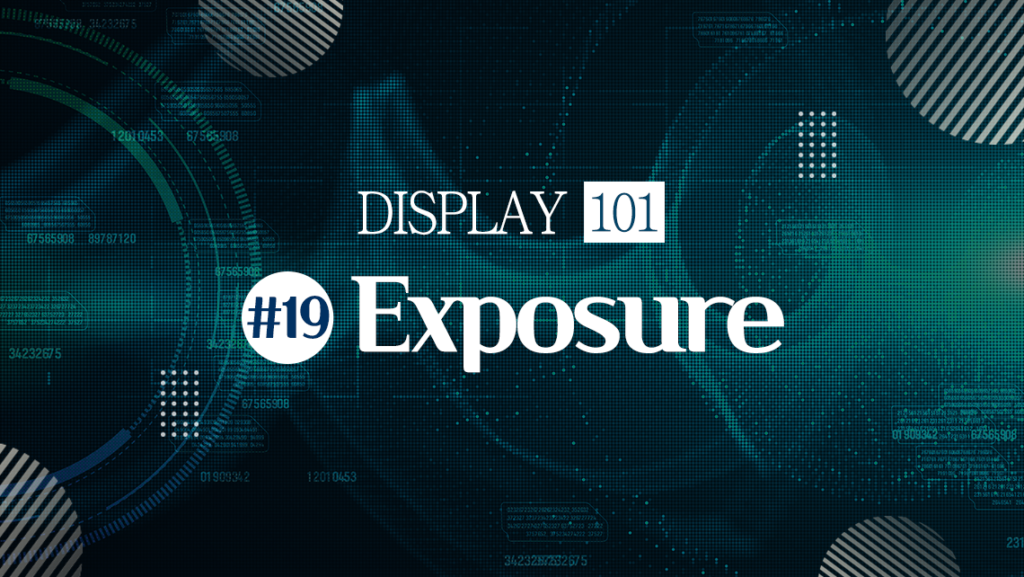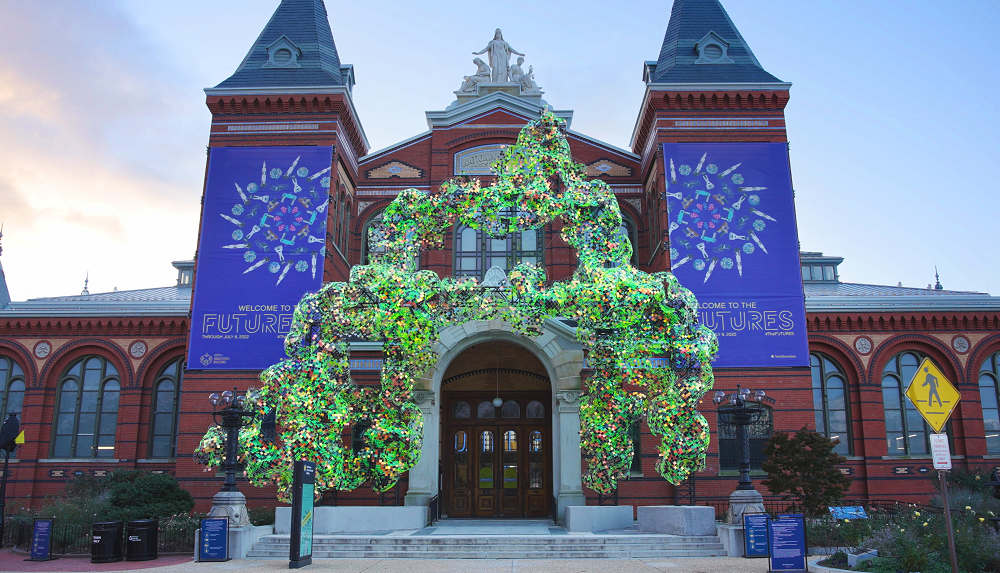
OLED’s creativity shows no bounds, as this groundbreaking technology’s now appearing at America’s oldest National Museum, situated in the world’s largest museum complex, in celebration of the Smithsonian’s 175th anniversary. The FUTURES exhibition is being held until next July at the reopened Arts and Industries Building (AIB), dubbed both a “Palace of Wonders” and the “Mother of Museums.” The legendary venue in Washington, D.C. is harnessing OLED displays produced by LG Display, including a highly innovative Transparent OLED installation, to present the future. This is, after all, the place that introduced past innovations from Edison’s lightbulb to the first telephone.
Our future with OLEDs
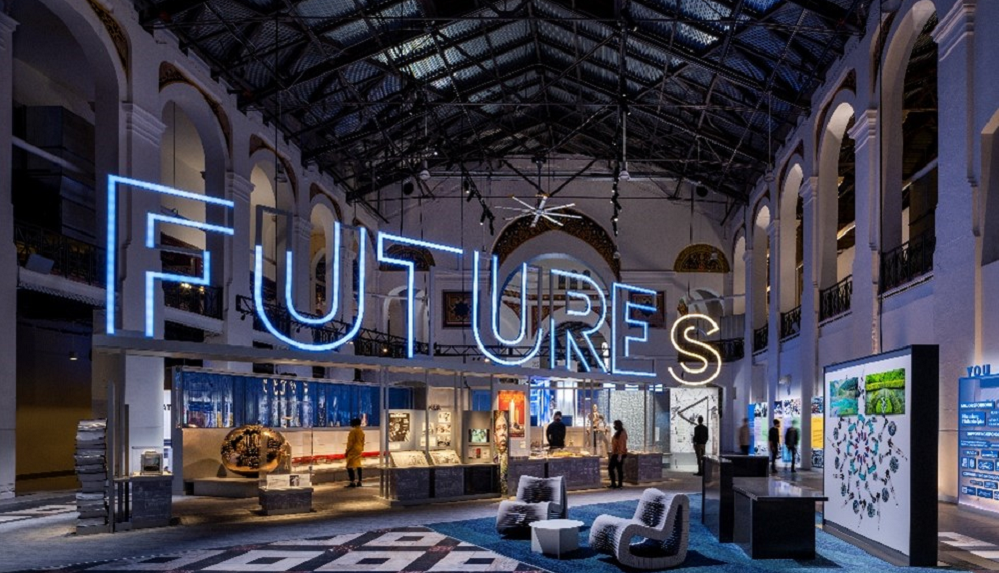
FUTURES is aiming to point to a hopeful future through four concepts: Futures that Unite, Futures that Inspire, Futures that Work, and Futures Past. Among them, OLED-based works feature in Futures that Unite, which explores how we relate to one another.
Breaking boundaries between time and space
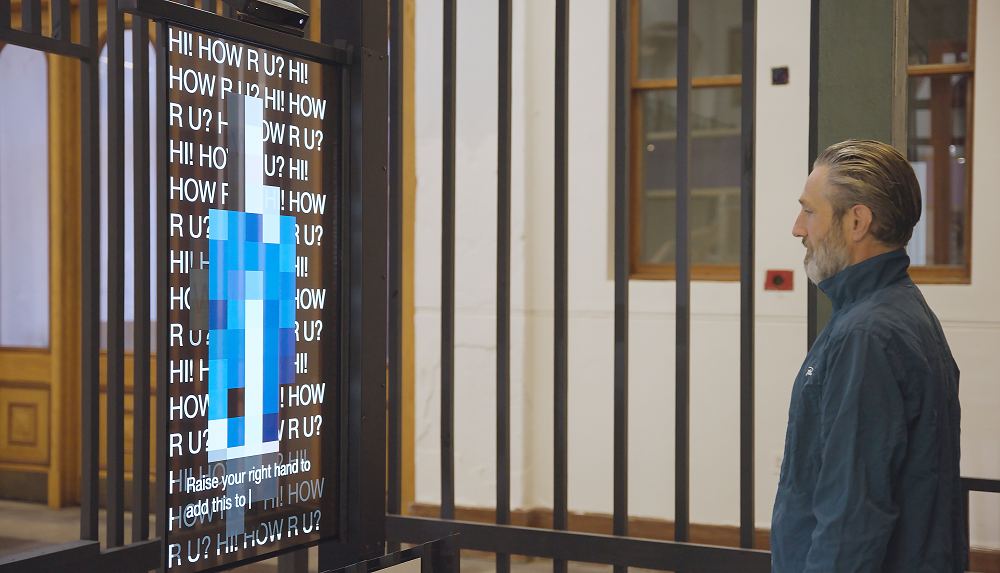
Lovers of Transparent OLED technology will already be familiar with its capacity to open up space, to show information with clarity and without obstruction. In Futures that Unite, we find a 55-inch Transparent OLED display serving this purpose as part of the art installation entitled “Hi, How R U? 😎” by the Netherlands-based design collective Circus Family and sponsored by the Embassy of the State of Qatar, while also asking visitors to engage in a new futuristic form of communication – they can leave a holo-recording behind as a kind of time capsule memory. In addition, they will soon be able to interact in real time with a paired portal location in Doha, Qatar. You can imagine how the 40% transparency offered by Transparent OLED must create the impression of gazing into the future, breaking conventional notions of time and space.
Bringing the United States together
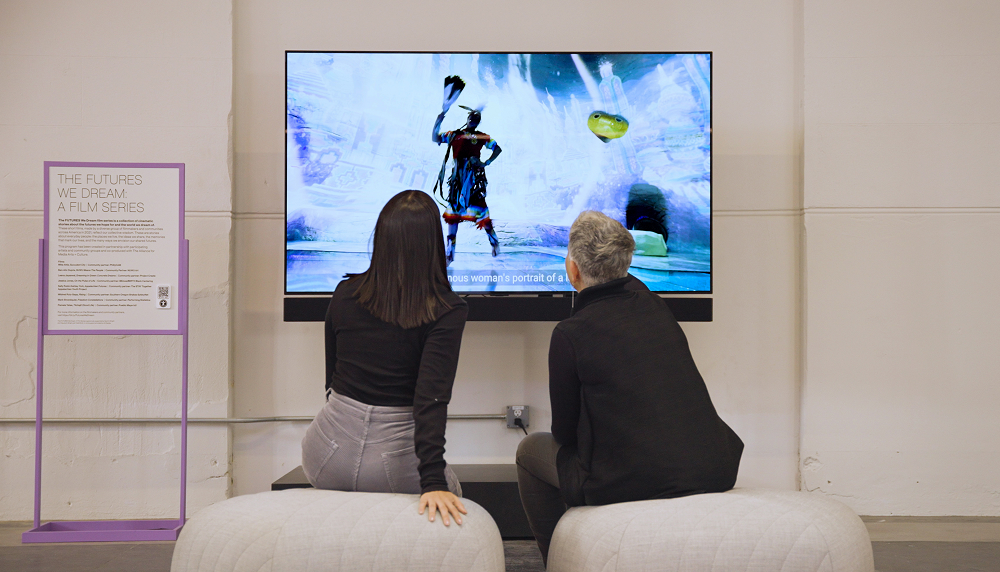
We discover more OLED displays elsewhere in Futures that Unite, where the documentary series Futures We Dream is on show. This project consists of eight new short films produced by award-winning independent filmmakers. The series tells the stories of the resilience of ordinary people tackling social issues in the U.S., including problems surrounding medical care, the environment, and Indigenous rights. These issues are brought to life in the most vivid way via 83-inch OLED displays. The excellence of their picture quality ensures viewers see exactly what the filmmakers intended – offering hope that they will be united in seeking a better future.
The past makes the future
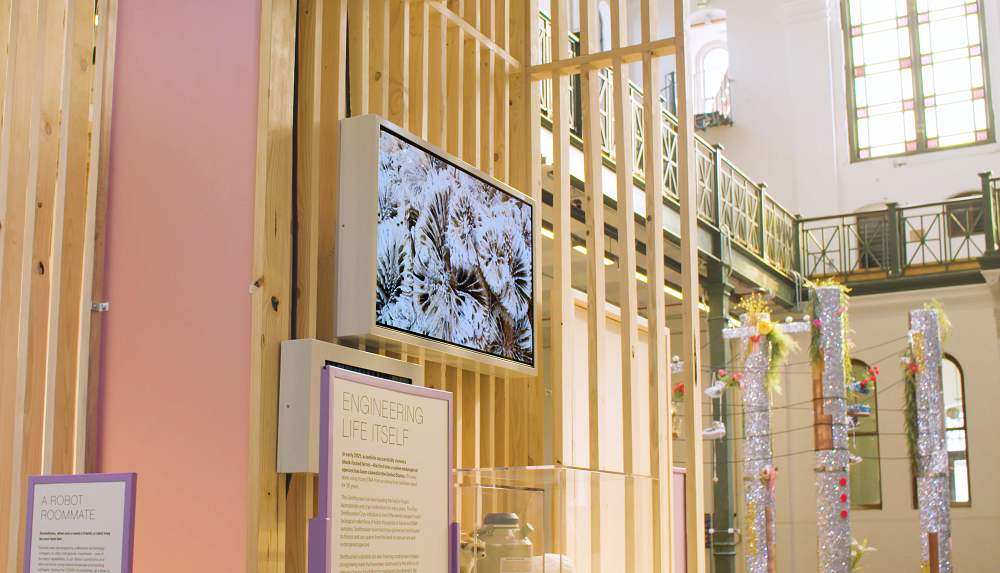
It’s fitting that such a historic venue as the Smithsonian’s AIB should bridge the past with the future in another section of Futures that Unite. Alongside the museum’s rare collection of innovations, visitors are greeted by two 48-inch OLED displays demonstrating the delicate value of life on Earth. The incredible detail of 3D stereoscopic images of corals is faithfully presented by OLED’s self-emissive pixels, which are capable of capturing the sharpest contrast between perfect black and the bright glory of nature.
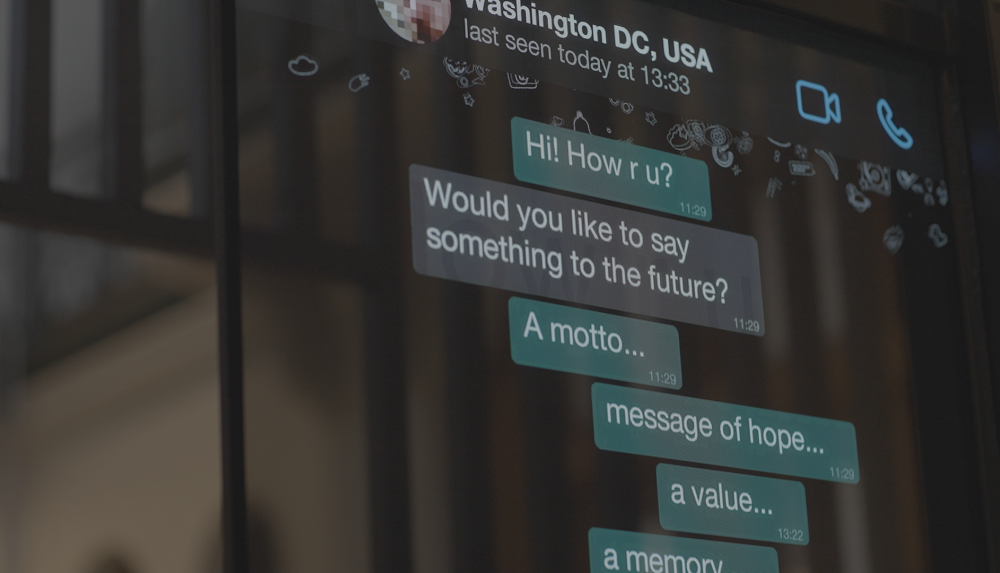
This display technology’s unique capabilities, such as unmatched picture quality and design flexibility, offers artists unprecedented freedom. This point is amplified when we’re talking about the space revolution driven by Transparent OLED, which also recently lit up London’s art scene. From Berlin to Seoul, there can be little doubt that digital art is entering a new era with OLED displays.



